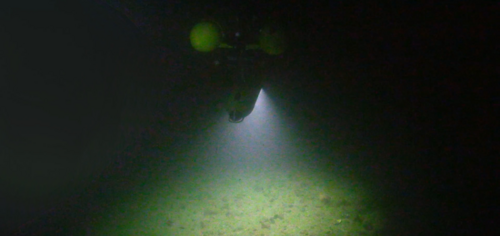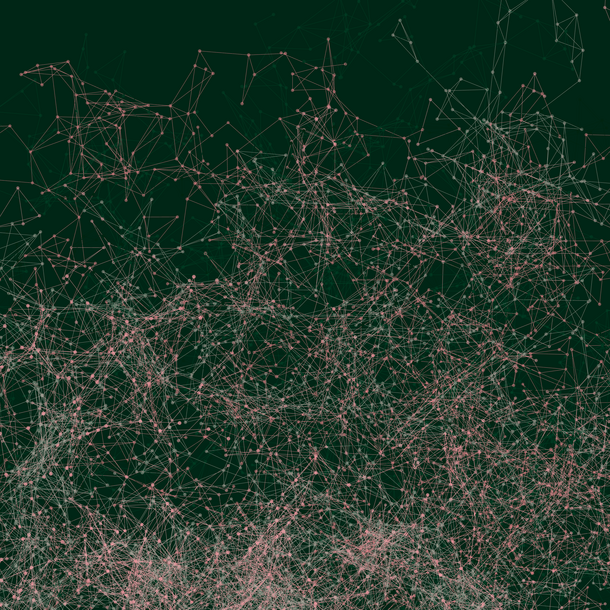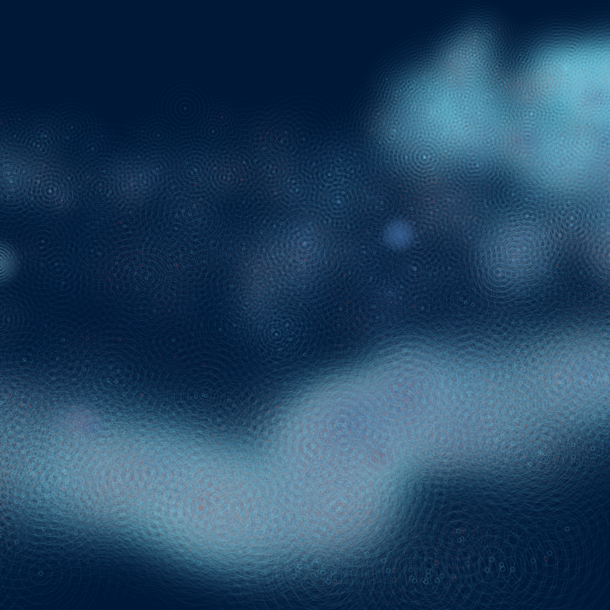Doctoral Researcher:
Patricia Schöntag, GEOMAR and Kiel University, pschoentag@geomar.de
Supervisors:
- Dr. Kevin Köser, GEOMAR – Helmholtz Centre for Ocean Research Kiel, Marine Geosystems, Oceanic Machine Vision Group, kkoeser@geomar.de
- Prof. Dr. Reinhard Koch, Kiel University, Faculty of Engineering, Multimedia Information Processing Group, rk@informatik.uni-kiel.de
Location: Kiel
Disciplines: Underwater Machine Vision, Pattern Recognition
Keywords: Ocean Optics, Image analysis, Object Detection, Correspondence Search
Motivation:
How it looks like in the deep ocean is nowadays still unknown for huge parts of the earth. A major challenge is that visual appearance of images suffers significantly from distortions due to the properties of water. Object detection and feature matching algorithms could improve navigation of autonomous underwater vehicles (AUVs) by detecting loop closures or visually correct for drift in the inertial navigation (Köser et al., 2020). Feature matching is also a crucial part in structure-from-motion (SfM) pipelines for reconstruction of 3D scenes. Both, autonomous navigation or SfM methods can help to put single image collections of the ocean into a larger context. But underwater visual appearance is a challenge for existing optical methods. Spectrally dependent attenuation of light in water distorts the object colors, strong backscattering effects due to the higher particle density of water reduces contrast (Mobley, 2022) and the reduced or absent natural light requires artificial lighting, which introduces co-moving shadow pattern. State-of-the-art machine vision methods build for sceneries in air are not designed to cope with these challenges (Köser et al., 2020). Therefore, there is a need to find more suitable methods for the underwater
Aim:
This project aims at identifying and analyzing the characteristics of underwater image appearance, especially in the deep ocean where no natural light is present anymore. Specialized feature matching algorithms that robustly adapt to the underwater conditions will be developed considering both, data-driven methods and methods modelling the physics of underwater appearance. The goal is to achieve algorithms that allow detection of loop closures in AUV tracks, visually correct for drift in inertial underwater navigation or improve structure-from-motion application in challenging underwater settings.

Objectives:
- Identify and quantify challenges of underwater appearance for machine vision
- Develop robust feature based or geometrical correspondence search methods for underwater images
- Apply and validate developed algorithms in underwater 3D reconstruction or navigation pipelines
References
- Köser, K., Frese, U. (2020). Challenges in Underwater Visual Navigation and SLAM. In: Kirchner, F., Straube, S., Kühn, D., Hoyer, N. (eds) AI Technology for Underwater Robots. Intelligent Systems, Control and Automation: Science and Engineering, vol 96. Springer, Cham. https://doi.org/10.1007/978-3-030-30683-0_11
- Mobley, C. D. (Editor), 2022. The Oceanic Optics Book, International Ocean Colour Co- ordinating Group (IOCCG), Dartmouth, NS, Canada, 924pp. DOI: 10.25607/OBP-1710









